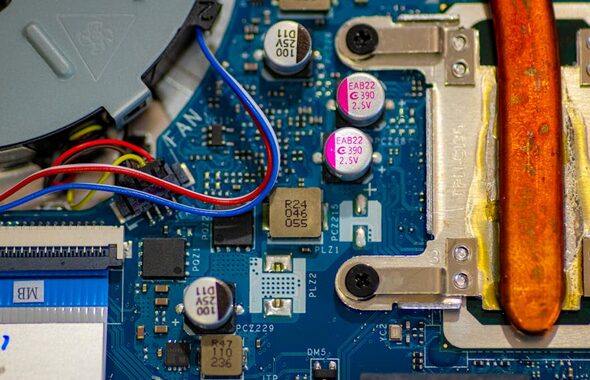In microcontroller programming, many engineers need to operate on registers, among which the reset operation is particularly common. According to the reset method, resetting can be divided into writing 1 for reset and writing 0 for reset. So, is there a difference? Can they be used interchangeably?

1. Operation Method
Writing 1 for reset: In some microcontrollers, to reset a certain register bit, it is necessary to write 1 to that bit first. This operation usually involves hardware-level mechanisms, such as turning on internal transistors to ground, capacitor discharge, etc.
Writing 0 for reset: A more common method is to directly write 0 to the register bit to achieve the reset effect. This method is simple and direct, without involving complex hardware operations.
2. Hardware Support
Writing 1 for reset: Typically seen in microcontrollers with special hardware designs, such as AVR, where it is not necessary to trigger the reset operation by writing 1.
Writing 0 for reset: Almost all microcontrollers support resetting register bits by writing 0, which is the standard operating method.
3. Application Scenarios
Writing 1 for reset: Mostly used for special registers, such as interrupt flags, which need to be automatically reset by hardware under specific conditions, or triggered by a specific write 1 operation.
Writing 0 for reset: Suitable for resetting most registers, especially when manual reset is needed, writing 0 is the most direct and effective method.
4. Operation Portability
Writing 1 for reset: In some cases, writing 1 for reset may involve more complex hardware logic and programming techniques, making the operation relatively less convenient.
Writing 0 for reset: Due to its simple and direct operation, writing 0 for reset is more convenient and commonly used in programming.
This article is an original piece by Fan Yi Education, please indicate the source when reprinting!